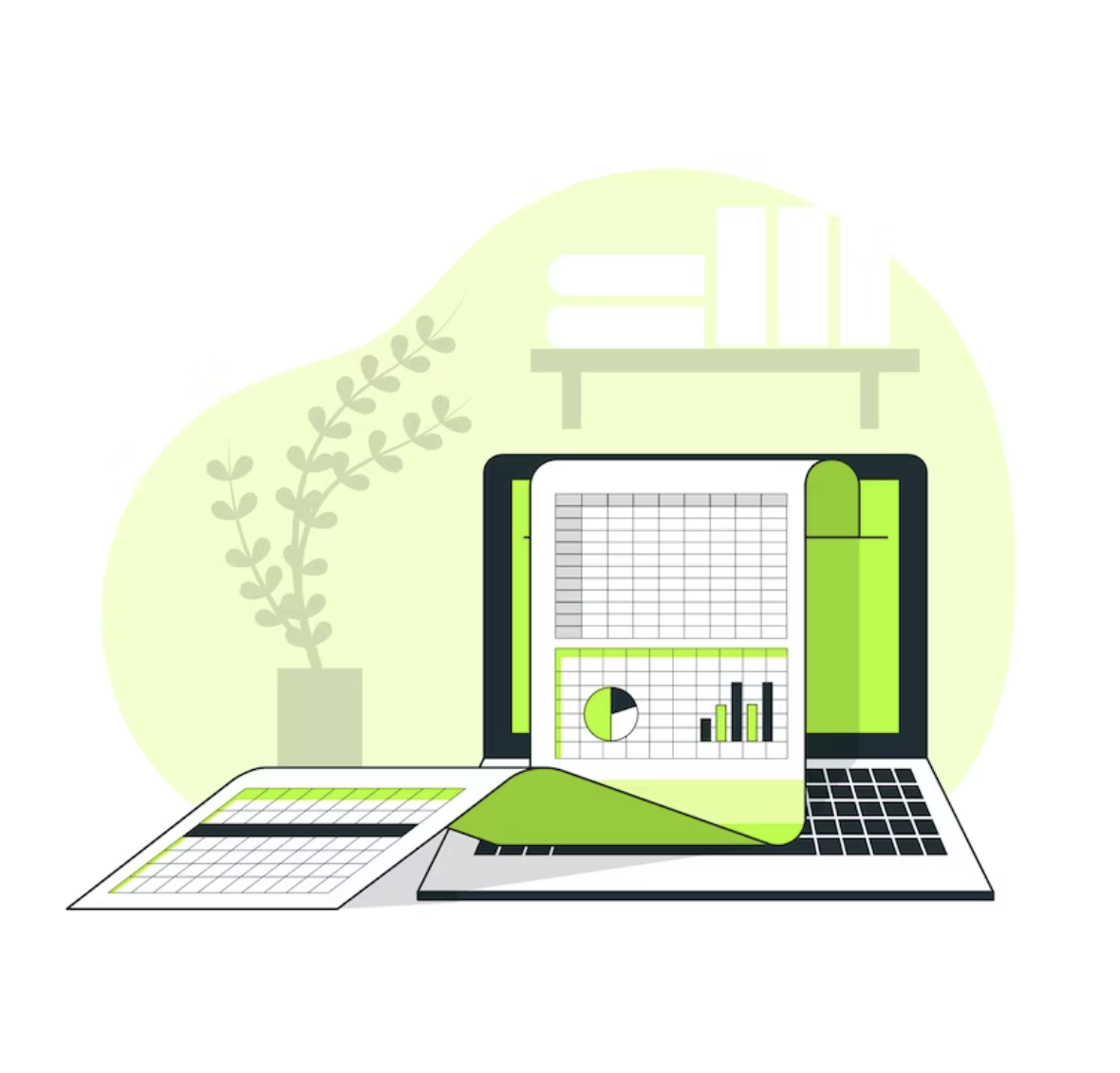Excel has been a stalwart in the business world for decades, offering a robust platform for data management, including tasks like invoicing. Many businesses depend on it for its versatility and familiarity. It provides straightforward functions for creating and tracking invoices, summarizing sales data, and managing customer details.
However, as businesses grow and their operations become more complex, it’s crucial to examine whether Excel remains the most efficient choice for invoicing.
Advantages of Excel for Invoicing
Familiarity and Ease of Use
One of the principal advantages of Excel for invoicing lies in its familiarity and ease of use. Most people, especially those in business settings, have a basic understanding of Excel. This prior knowledge reduces the learning curve associated with new software and allows users to navigate the system quickly and efficiently.
Versatility
Excel also provides significant versatility. With its extensive range of functions and formulas, businesses can customize invoices to meet their unique needs. This flexibility enables firms to tailor their invoice structure, including design elements and data fields, thus enhancing their professional image while ensuring that all essential information is captured.
Cost-Effectiveness
Another important benefit of Excel for invoicing is its cost-effectiveness. As part of the Microsoft Office suite, Excel is a tool many businesses already own, eliminating the need for additional investment in specialized invoicing software. This factor makes Excel a particularly attractive option for small businesses or start-ups operating on a tight budget.
Limitations of Excel for Invoicing
While Excel does offer several advantages, it also has its fair share of limitations when it comes to invoicing.
Manual Data Entry
A significant downside of Excel invoicing is the requirement for more manual data entry. This necessity can introduce errors, from simple typing mistakes to more serious errors like formula or function misapplication. Such inaccuracies can lead to significant discrepancies, affecting financial reporting and decision-making.
Limited Automation
Another limitation of Excel is its lack of automation for certain tasks. Unlike dedicated invoicing software, Excel does not have the capacity to automatically generate invoices, send reminders, or follow up on unpaid invoices. This lack of automation can lead to inefficient processes and missed opportunities for prompt payment.
Inadequate Scalability
Finally, Excel can prove inadequate in terms of scalability. As business transactions increase, managing numerous Excel sheets for invoicing can become a cumbersome and time-consuming task. This inefficiency can significantly impede business operations, particularly for growing companies experiencing a surge in transaction volumes.
Alternatives to Excel for Invoicing
Dedicated Invoicing Software
Dedicated invoicing software is specifically designed to manage invoicing tasks, offering distinct advantages over Excel. These tools offer a high level of automation, significantly reducing the need for manual data entry and thus minimizing the risk of errors. They also provide scalability, allowing businesses to manage larger volumes of invoice bill formats in Excel more efficiently. Furthermore, these tools offer integration with other business systems, enhancing workflow and data consistency.
Cloud-Based Solutions
Cloud-based invoicing solutions are another alternative to consider. These platforms allow businesses to access their invoices from anywhere, as long as they have an internet connection. This feature improves collaboration, as team members can simultaneously view and edit invoice data, and enhances flexibility, as invoices can be managed outside of traditional office settings.
Accounting Software
Lastly, comprehensive accounting software can manage all aspects of business finance, including invoicing, in a single platform. These tools offer significant benefits, such as streamlined financial management, integrated financial reporting, and automation of routine tasks. However, they can be more complex and require more training to use effectively.
Conclusion
While Excel offers familiarity, versatility, and cost-effectiveness, its limitations in terms of manual data entry, lack of automation, and scalability issues can pose significant challenges, particularly for growing businesses. Dedicated invoicing software, cloud-based solutions, and comprehensive accounting software provide viable alternatives, each with its unique advantages.
Choosing the right invoicing tool will, therefore, depend on a business’s specific needs and circumstances. A thoughtful evaluation considering the volume of invoices, the need for automation, and the financial resources available can guide businesses in making the right choice. Regardless of the chosen method, maintaining a structured invoice bill format, whether in Excel or another tool, remains integral for efficient invoicing and robust financial management.

